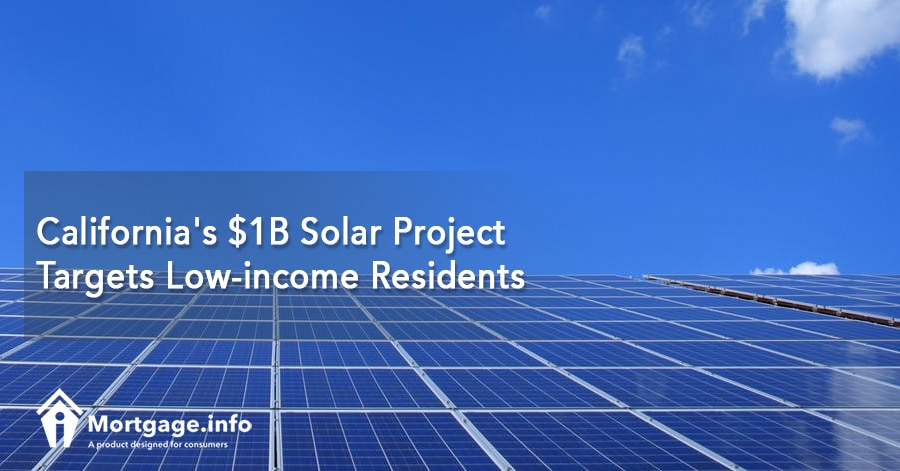In its efforts to meet today’s climate goals and to help low-income residents reduce their electricity bills, the state of California now has the Solar on Multifamily Affordable Housing (SOMAH) program.
The California Public Utilities Commission (CPUC) has approved the creation of the said program last December 2017. The SOMAH program has been on the board for a couple of years. In 2015, California’s legislature came up with a comprehensive framework which now was made into a bill.
The program’s budget of $1 billion will be spread over the next decade. Annually, $100 million in incentives will be granted to eligible owners of affordable multifamily buildings for solar installations. Over 3,000 multifamily buildings may be eligible for this project. As to the number of eligible units each building has, that still has to be determined.
SOMAH isn’t the first solar project in California. Back in 2008, the Multifamily Affordable Solar Housing or MASH program was launched. In was then extended for another five years in 2013.
What is the SOMAH Program?
The SOMAH program supports the installation of rooftop solar panels on affordable multifamily unit buildings. Aside from its obvious positive effects on the environment, it will also help low-income homeowners decrease their utility bills. The project also wants to educate the public that green energy homes and buildings aren’t just for the well-off; it’s for everyone.
How Does a Building Qualify?
To qualify for the solar installation incentives, a building must meet the following requirements:
- The property must have a minimum of five income-restricted affordable units.
- The building must be situated in a “disadvantaged” area or 80 percent of its residents must be earning 60 percent of the median income of the area.
How is the Incentive Paid out?
The program will base the payout on the watts of electricity generated by these solar panels. The incentive is paid out per watt generated.
$3.20 per watt – Portion of the generated solar electricity used by tenants.
$1.10 per watt – Portion of the generated solar electricity used in the building’s common areas.
The incentive for the tenants is mean to be higher because the program’s primary goal is to aid low-income dwellers by reducing electricity consumption from the grid. This, in turn, will reduce electricity bills.
Are You Thinking of Green Renovations for Your Home?
You can transform your house into a green home. Green homes don’t only help the environment by making them energy-efficient, it also helps homeowners save more money.
Green mortgages are becoming increasingly popular. These financing programs help transform conventional dwellings into energy-efficient homes.
Energy Efficient Mortgage or EEM is one example of a green mortgage. With this loan, you can purchase or refinance a property that’s already energy-efficient. Moreover, you can also purchase or refinance a conventional home and make necessary energy-efficient changes.
FHA offers this program because it believes that by making the home energy-efficient, families and individuals will be able to afford the monthly mortgage payments better.
Learn more about EEM or the other home renovation financing programs. Make it a new lifestyle to live more earth-friendly. Start with your home.
[sc_content_link]

